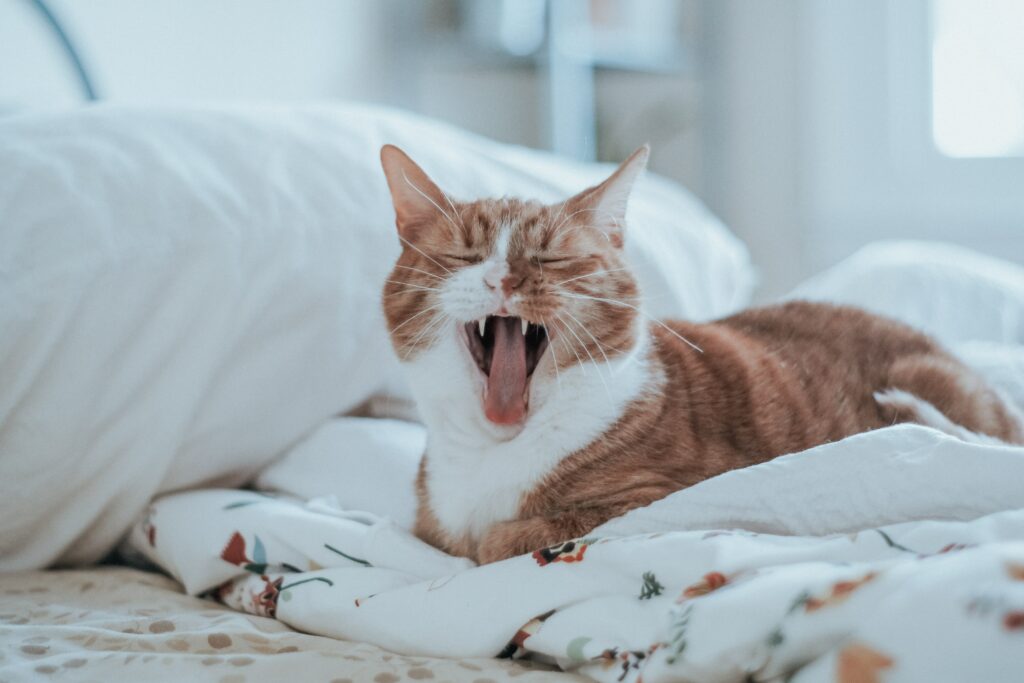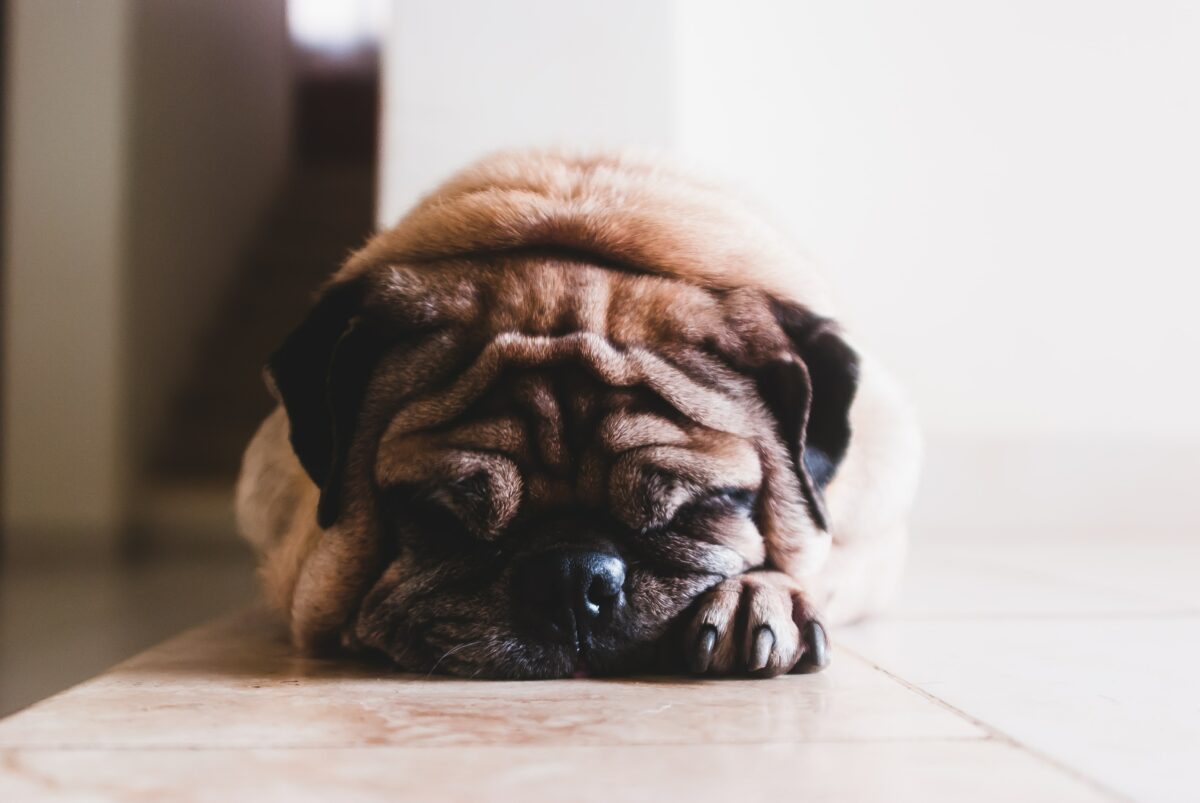As pet owners, it’s our responsibility to provide a safe and secure home environment for our furry friends. Pet-proofing your space is essential to prevent accidents, protect your belongings, and ensure your pet’s well-being. In this blog post, we will share valuable tips and strategies for creating a safe and pet-friendly home. By implementing these measures, you can minimize potential hazards and create a harmonious living space for both you and your beloved pet.
Identify and Remove Potential Hazards:
Take a walk through your home and identify any potential hazards that could pose a danger to your pet. Secure or remove toxic substances such as cleaning products, medications, and plants that are toxic to animals. Ensure that cords, wires, and small objects are out of reach to prevent choking or electrical hazards. Keep trash cans covered or in pet-proof cabinets to avoid your pet ingesting harmful items.
Secure All Doors, Windows, and Gates:
Prevent accidental escapes by ensuring that all doors, windows, and gates are securely closed and latched. Install pet-proof screens on windows to prevent falls or attempts to chase birds or squirrels. Consider using baby gates to restrict access to certain areas of your home, especially if you’re introducing a new pet or have specific areas that you want to keep off-limits.
Hide or Secure Cables and Cords:
Pets, especially puppies and kittens, are curious and may be attracted to chew on cables and cords. To avoid electrical hazards and damage to your electronics, secure cords along baseboards or use cord protectors. Alternatively, you can conceal cords behind furniture or use cord management solutions to keep them out of your pet’s reach.
Provide a Dedicated Space for Your Pet:
Create a comfortable and designated space for your pet within your home. This could be a cozy bed, a crate, or a specific room equipped with their essentials. Having their own space helps them feel secure and gives them a retreat when they need some alone time. Ensure the area is free from potential dangers and has access to fresh water and toys.

Store Household Chemicals and Cleaning Products Safely:
Household chemicals and cleaning products can be toxic to pets if ingested or inhaled. Store these items in high cabinets or lock them away in a designated storage area. Opt for pet-friendly cleaning products or natural alternatives to minimize the risk of accidental poisoning.
Choose Pet-Safe Plants and Flowers:
Many common household plants and flowers can be toxic to pets. Before bringing greenery into your home, research which plants are safe for your pets. Opt for pet-friendly options such as spider plants, Boston ferns, or catnip. Keep potentially toxic plants out of reach or consider hanging them from the ceiling to prevent nibbling.

Secure Trash Cans and Recycling Bins:
Pets are notorious for exploring trash cans and recycling bins, which can contain harmful substances or objects. Invest in pet-proof trash cans with secure lids or keep them in cabinets or closets that are inaccessible to your pet. Recycling bins should also be securely closed or stored in areas your pet cannot access.
Supervise and Limit Access to Certain Areas:
Some areas of your home may pose risks to your pet, such as the kitchen with hot surfaces and sharp objects, or rooms with delicate or valuable items. Use baby gates or closed doors to restrict access to these areas when you cannot supervise them closely. This way, you can ensure their safety and protect your belongings simultaneously.
Regularly Inspect and Maintain Pet-Friendly Spaces:
Periodically inspect your home to ensure that pet-friendly spaces, such as crates, beds, or play areas, are clean, comfortable, and free from any hazards. Check for any signs of wear and tear, loose parts, or potential choking hazards that may need attention. Regular maintenance helps ensure a safe and enjoyable environment for your pet.
Creating a safe and pet-friendly home environment requires thoughtful consideration and proactive measures. By identifying and removing potential hazards, securing doors and windows, and implementing safety precautions, you can protect your furry friend from accidents and create a harmonious living space. Remember, each pet is unique, so adapt these tips to meet your pet’s specific needs and behaviors. With a pet-proofed home, you can enjoy peace of mind, knowing that your beloved companion can explore and thrive in a safe and secure environment.

